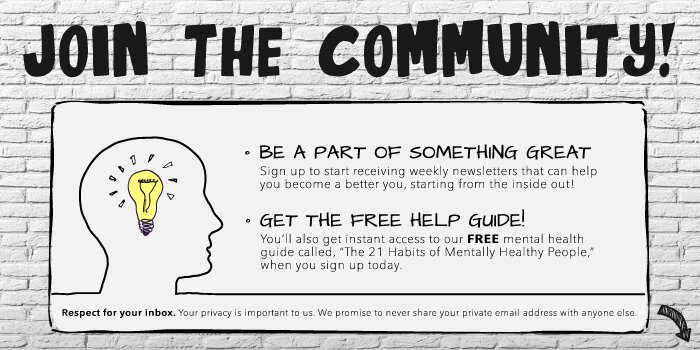Do Warnings From “Food Police” Make You Crave Sugar More?
Have you ever noticed that when you tell yourself a certain food is off-limits, you develop an obsession with that particular item?
In my case, it’s that famous sugary chocolate hazelnut spread. If I try to suppress my cravings for it, I want it even more.
I’m not unique: research has shown that when people try to stifle their longings for forbidden foods, their cravings intensify.
This can lead to binge-eating and other disordered eating patterns.
Studies have shown that children who grow up in homes with restrictive food rules – where a parent is constantly dieting or desirable foods are forbidden or placed out of reach – often develop stronger reactions to food and want more when they can get their little hands on it.
And now a new study, published in the Journal of the Association for Consumer Research, backs up previous research on our tendency to want to break “forbidden food” rules.
Researchers Nguyen Pham, Naomi Mandel, and Andrea Morales of Arizona State University found that dieters ate 39% more cookies after seeing a “food police” style message that says, “All sugary snacks are bad” than those who saw a positive message.
The researchers conducted three studies to demonstrate that negative one-sided messages about food can backfire. In the first study, 380 participants read a positive, negative, or neutral message about dessert. Interestingly, dieters who saw the negative message had more positive thoughts about unhealthy foods, but non-dieters did not show any difference. And, thoughts about healthy foods or non-food words were unaffected by the messages.
Pham explains the findings:
What these results show us is that rather than leading dieters to make healthier choices, these food police messages are actually making unhealthy foods even more enticing to dieters.
In the second study, 397 participants read a one-sided positive or negative message about sugary snacks and then watched a short video while eating chocolate-chip cookies. Dieters who saw the negative message consumed 39% more cookies than dieters who saw the positive message. Just like in the first study, non-dieters were unaffected by the messages about food.
The third study focused on snack choice and examined how reactions to two-sided messages, which contain both positive and negative information about food, might reduce the backfire effects. Among 324 participants, dieters who saw the negative message chose 30% more unhealthy snacks than dieters who saw the positive message, while dieters who saw the two-sided message chose 47% fewer unhealthy snacks than those who saw the negative message.
Where do we go from here?
In an attempt to reverse the obesity epidemic, government agencies are increasing their use of public service announcements to try to disperse useful information to consumers about the dangers of unhealthy eating.
But this new research shows that there is a real danger in using messages that convey only negative information about food.
Mandel warns:
Our work shows that negative messages about unhealthy food will backfire among dieters. If you want to change what they eat, a more even-handed message that contains both positive and negative information is the way to go.
Perhaps a solution is to control the quality of the food in your environment, especially if you have children. If you don’t have it the house, you – or your young ones – won’t be able to reach for it, and it won’t be sitting on your shelves, calling to you.
Related Reading
Why Making Certain Foods Forbidden Makes You Crave Them More



